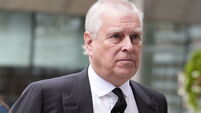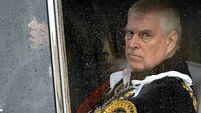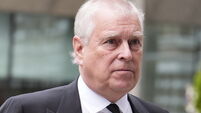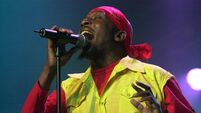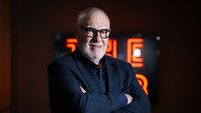Book extract: Why Prince Philip deserves his place in history
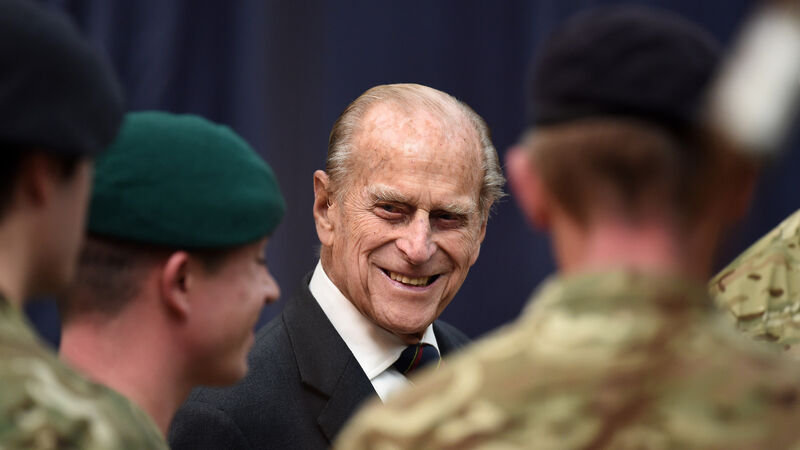
England’s Duke of Edinburgh, Prince Philip, Captain General of the Royal Marines during a visit to 1 Assault Group Royal Marines at HM Naval base Devonport in Plymouth; throughout his long and eventful life, the prince had been a stickler for precision and military detail.
THROUGHOUT his long and eventful life, Prince Philip had been a stickler for precision and military detail. The arrangements for his death and funeral, he vowed, would be no different. He could not abide commotion and confusion. He loathed it as much as he did in receiving personal praise. His mantra in life had, after all, always been, ‘Just get on with it’.
Philip was as pragmatic about death as he was practical in life. His first instruction was that he would not die in hospital, but at Windsor Castle, his home. Further detailed instructions for his own funeral, known by the codename ‘Operation Forth Bridge’, were to be carried out to the letter and were incontestable. He ruled that there would be no state service at Westminster Abbey, even though as the Queen’s husband he was entitled to one, nor would his body lie in state. Instead, Prince Philip settled on having a ceremonial military funeral at St George’s Chapel, Windsor, the high-medieval Gothic style Royal Peculiar and the Chapel of the Order of the Garter, located in the Lower Ward of the castle built in 1475.
In addition, the duke instructed that a palace official should not confirm or deny anything about his death until the designated footman, dressed in full livery, had attached the framed notice to the gates of Buckingham Palace. Then and only then could the Royal Family’s team of communications officers at the palace press office be allowed to break the silence. Everyone with a role in this final piece of solemn theatre knew exactly what to do and when, so that it could be carried out, as Philip planned, with the minimum of fuss.
When the Covid-19 pandemic first struck in March 2020 and both he and the Queen were forced to relocate and self-isolate at Windsor he agreed to simplify the funeral arrangements still further should anything happen to him. He never liked loose ends. Robust and controversial, Prince Philip inevitably had detractors. They preferred to focus on his so-called ‘gaffes’, perceived blunders and crotchety remarks, rather than his huge achievements. He deserves his place in history on merit. Reducing Philip to a caricature of himself is a gross misrepresentation of one of life’s great characters, leaders and innovators and does him a disservice.
He often uttered his risqué comments simply to liven up dull proceedings, and at boring official events he often drew a laugh by saying: “You’re going to see the world’s most experienced plaque unveiler at work.” He once got a roar of laughter from the crowd on a visit to Canada in 1969: “I declare this thing open, whatever it is.” He would tell advisers that when he entered a room, he would look along a line and select one person he would try to make laugh.
I was fortunate to have met the Duke of Edinburgh many times in my capacity as a royal correspondent and author, both in public and private. He was president of my London club, the Naval and Military Club (known as the In & Out club) at 4, St James Square. Indeed, Naval history remained a keen interest throughout his life. He was appointed a Trustee of the National Maritime Museum in 1948. He was instrumental in saving the tea clipper Cutty Sark — now a museum ship stationed in Greenwich — and in establishing the Maritime Trust.
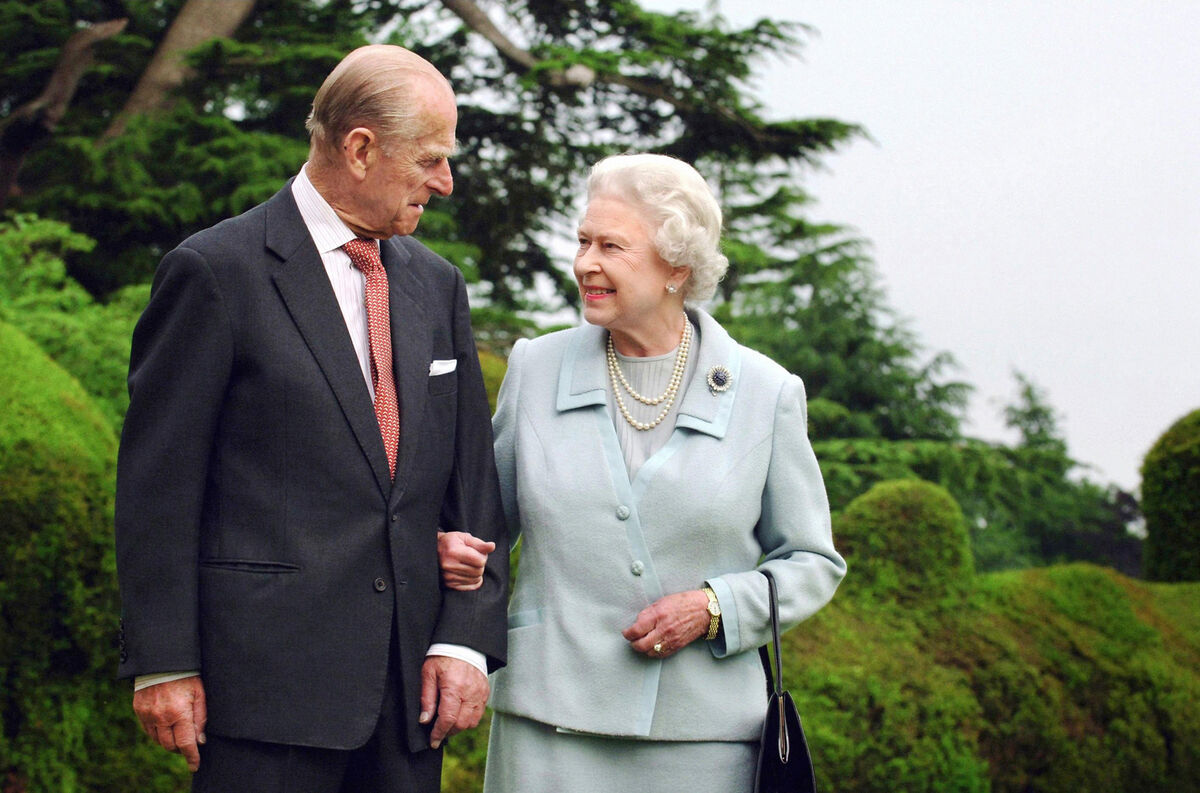
He was funny, sometimes audacious, and sharp-witted on each occasion. He didn’t care about offending the politically correct brigade and spent even less time on any criticism they may have thrown his way. As for the ladies and gentlemen of the press, he had even less time and, despite having a number of friends who were journalists in his earlier years, took to referring to them as ‘The Reptiles’.
In 1983 in Bangladesh, the Queen and the duke were standing in the garden of a government building to meet guests waiting in line for a cocktail party. Ashley Walton, the then royal correspondent of the Daily Express, was with other members of the travelling ‘Royal Rat Pack’ of reporters at the end of the line. Philip, not realising he could be overheard, turned to the Queen and grimaced: ‘Here come the bloody reptiles!’ When asked if he felt the press has been unfair to him or misrepresented
him, he said: “I suppose, yes, occasionally but I think it has its own agenda and, and that’s it, you just have to live with it.” He saw journalists as fair game, as they saw the royals in a similar light. Whenever he came into direct contact with one, he would toy with his prey, but just like a cat with a mouse he was not actually playing.
When he was guest of honour at the 60th birthday dinner of the Foreign Press Association in London in 1948, he described journalists as “the people’s ambassadors” but then added caustically: “I often wish the people didn’t want to know quite so much.” The Parliamentary Press Gallery invited him as its guest of honour in 1956 and asked for his views on journalists in general. “It is very tempting,” said the duke, “but I think I had better wait until I get a bit older.”
Indeed, he had been making jokes at the expense of the press for years. Looking at the Barbary apes on a visit to the Rock of Gibraltar in 1950, accompanied by a posse of press, he joked: “Which are the apes, and which are the reporters?” Even senior journalists who had been invited to his home were not safe. I remember at a media reception held at Windsor Castle in 2002 to mark the Queen’s Golden Jubilee, which I attended, he was on top form.
“Who are you?” he demanded of Simon Kelner. “I’m the editor-in-chief of The Independent, sir.”
“What are you doing here?” asked the duke?
“You invited me.”
“Well, you didn’t have to come!”
His next victim was Martin Townsend, the bespectacled and affable then editor of the Sunday Express.
“Ah the Sunday Express,” said Philip. “I was very fond of Arthur Christiansen.”
“Yes, there’s been a long line of distinguished editors,” replied Townsend.
“I didn’t say that,” Philip replied bluntly before walking away.
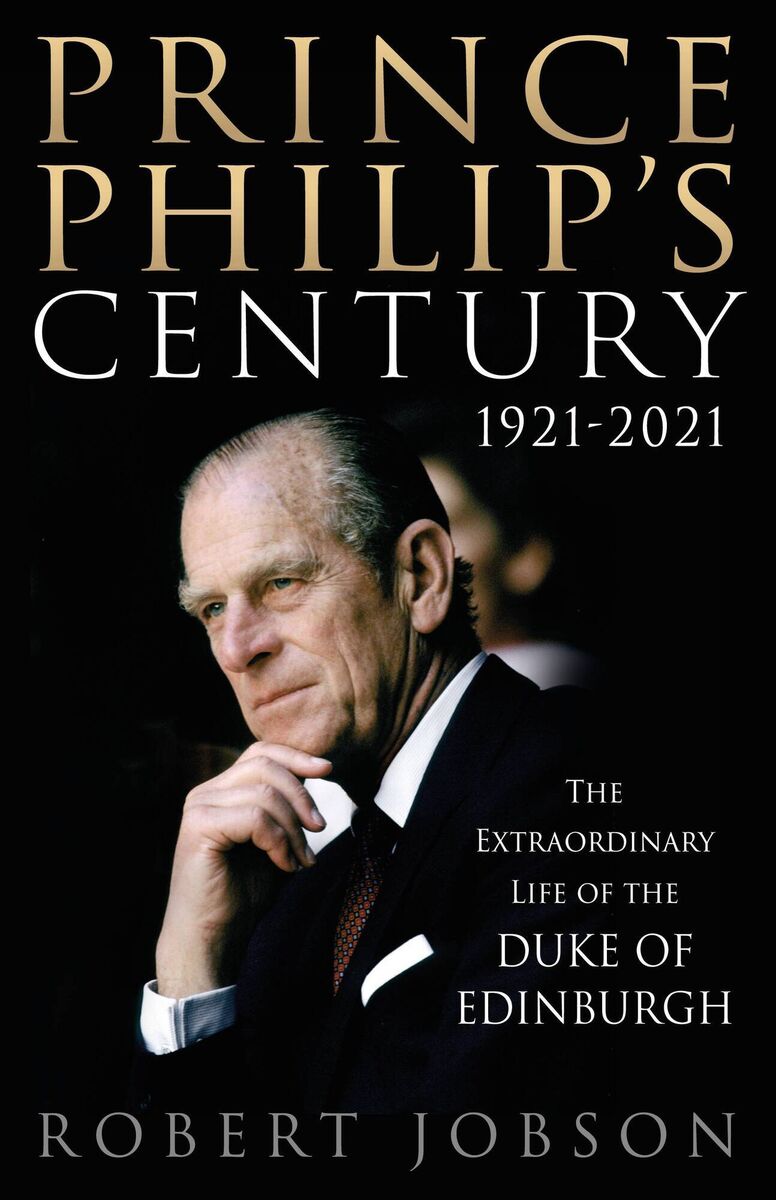
At the same reception I was chatting to two distinguished Irish journalists as the royals worked the room. Out of nowhere the duke appeared. He peered at the labels on our lapels and as soon as he had worked out that they were Irishmen he then proceeded to tell a completely inappropriate Irish joke. “Did you hear the one about the Irish pilot who radioed the Air Traffic Control Tower saying he had a problem?” They clearly had heard it, but played along politely. “Tower control then cleared him to land,” Philip said, “but also asked for his height and position. Well, I’m five foot eight and I am sitting in the cockpit at the front of the plane,” said the duke and delighted at being the first to laugh at the punchline of his own joke. We all dutifully joined in.
Then he read my name badge which said, Robert Jobson, Royal Correspondent, The Sun. He also recognised my Naval and Military Club tie and just tutted, said: “They’ll let anyone in these days” and walked off to find his next victim with the enthusiasm of a naughty schoolboy.
But there was another side to the duke rarely seen, even when it came to interacting with media. His staff loved him too. Whenever he hosted a party for his team, he made sure everyone who had supported him and his work was invited from the cleaners to his private secretary. He always commanded fierce loyalty.
Whenever possible Elizabeth and Philip made time to take afternoon tea together when they were in residence at the same time and would talk over their experiences of the day. Philip lived almost full-time at Wood Farm on the Sandringham Estate in Norfolk after he retired, and while the queen continued with her official duties, such intimacy was less frequent. But when Philip informed his wife, five years Philip’s junior, that he wanted to effectively step down from royal duties, she rightly felt he had earned his rest after nearly 70 years of public service as a working member of the royal family.
The Covid-19 lockdowns in 2020 changed this. Forced to shield together in Windsor Castle in isolation from the rest of the royal family, Philip and the queen spent more time together than ever and it brought the couple as close as any time in their 72- year marriage. Having Philip at her side again, and being able to spend quality time with her husband, appeared to give her a new lease of life, those close to her said. They were cared for by a small team of loyal staff, who were dubbed ‘HMS Bubble’.
- Prince Philip’s Century 1921-2021: The Extraordinary Life of the Duke of Edinburgh
- Robert Jobson
- Ad Lib, £8.99
